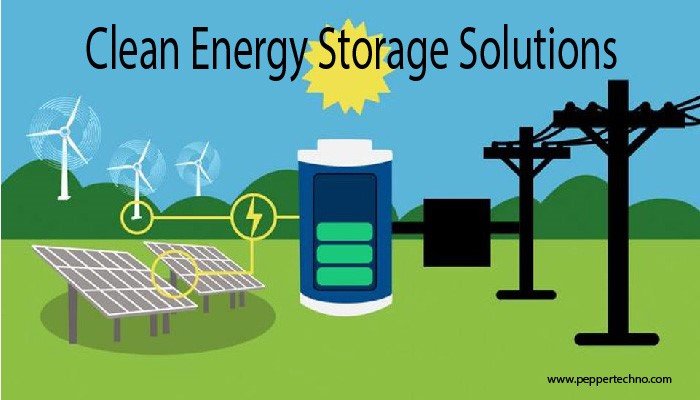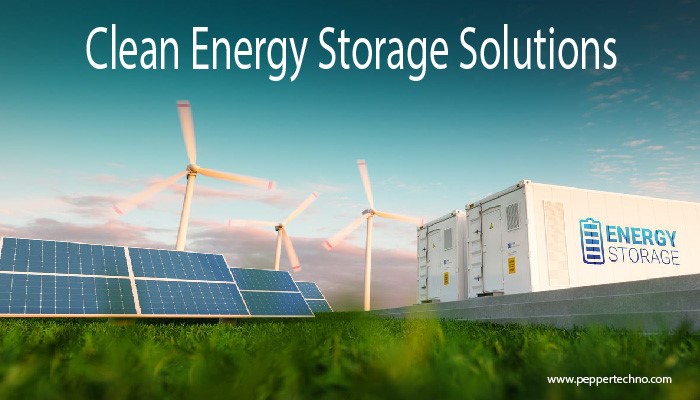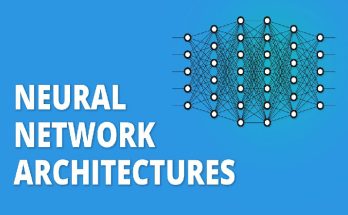Explain the Clean Energy Storage Solutions
Welcome to the future of energy storage! In a world where sustainability is key, clean energy storage solutions have emerged as game-changers in the quest for a greener tomorrow. Imagine harnessing the power of renewable sources like solar and wind, storing that energy efficiently, and using it when needed most. That’s the beauty of clean energy storage solutions – they not only reduce our carbon footprint but also pave the way for a more resilient and reliable energy system. Join us as we explore the fascinating world of clean energy storage and uncover its benefits, challenges, successes, and potential for shaping our sustainable future.

Types of Clean Energy Storage Solutions
Clean energy storage solutions come in various types, each playing a crucial role in harnessing renewable energy. One common type is Battery Energy Storage Systems (BESS), which store excess electricity generated from sources like solar or wind for later use. These batteries are versatile and can be deployed on both residential and commercial scales.
Another type is Pumped Hydroelectric Storage (PHS), where water is pumped to a higher reservoir during low-demand periods and released to generate electricity during peak hours. This method provides large-scale storage capacity but requires specific geographic conditions.
Flywheel systems utilize kinetic energy stored in rotating mass to provide short-duration backup power rapidly. They are efficient at high-speed applications but may not have the same long-term storage capabilities as other solutions.
Thermal energy storage stores heat or cold for later use, making it ideal for managing heating and cooling demands efficiently. By diversifying clean energy storage options, we can ensure reliable power supply while reducing our dependence on fossil fuels.
Benefits of Using Clean Energy Storage Solutions
Clean energy storage solutions offer a range of benefits that contribute to a more sustainable and efficient energy system. One key advantage is the ability to store excess renewable energy generated during peak production periods for later use when demand is high. This helps balance the grid and reduce reliance on fossil fuel-based power plants, leading to lower emissions and cleaner air.
Another benefit is increased grid reliability and resilience. By having stored energy available, clean energy storage systems can provide backup power during outages or emergencies, ensuring continuity of electricity supply. This can be especially crucial in areas prone to extreme weather events or natural disasters.
Additionally, clean energy storage solutions can help optimize the integration of variable renewable energy sources like solar and wind into the grid. By smoothing out fluctuations in generation and consumption, these systems support a more stable and cost-effective transition towards a greener energy mix.
Furthermore, adopting clean energy storage technologies can lead to reduced operational costs for utilities by avoiding expensive peak-demand charges and optimizing asset utilization. Investing in clean energy storage solutions not only benefits the environment but also enhances grid efficiency, reliability, and affordability for consumers.
Challenges and Limitations of Clean Energy Storage
As we strive to harness the potential of clean energy storage solutions, it’s crucial to acknowledge the challenges and limitations that come with this innovative technology. One major obstacle is the intermittency of renewable energy sources like solar and wind power. The unpredictable nature of these sources makes it challenging to match supply with demand consistently.
Another issue is the high upfront costs associated with implementing energy storage systems. While clean energy storage solutions are becoming more cost-effective over time, initial investments can still be a barrier for many organizations and individuals looking to adopt these technologies.
Additionally, technological limitations in terms of efficiency and scalability pose challenges for widespread adoption. Improving battery technology and finding ways to store larger amounts of energy efficiently remain areas of focus for researchers and developers in the field.
Despite these challenges, continuous advancements in clean energy storage solutions offer hope for overcoming these limitations in the near future. By addressing these obstacles head-on, we can pave the way for a more sustainable and environmentally friendly energy landscape.
Case Studies: Successful Implementation of Clean Energy Storage Solutions
In recent years, various case studies have showcased the successful implementation of clean energy storage solutions across different industries. One such example is Tesla’s Powerpack project in South Australia, where a large-scale battery system was installed to store renewable energy generated by wind farms. This initiative has not only stabilized the grid but also reduced reliance on traditional fossil fuels.
Another notable case study is the Hornsdale Power Reserve in Australia, which demonstrated how energy storage can enhance grid reliability and efficiency. By utilizing lithium-ion batteries, this project has proven to be a game-changer in balancing supply and demand during peak hours.
Moreover, the Orsted Wind Farm in the UK stands out as a prime example of integrating offshore wind power with innovative storage technologies. Through strategic planning and execution, this project has significantly contributed to reducing carbon emissions while ensuring a stable energy supply for consumers.
These success stories underscore the transformative potential of clean energy storage solutions in revolutionizing our approach towards sustainable power generation.
Future Outlook for Clean Energy Storage Solutions
As technology continues to advance, the future outlook for clean energy storage solutions appears promising. Innovations in battery storage, hydrogen fuel cells, and other renewable energy technologies are revolutionizing how we store and utilize clean energy.
With an increasing focus on sustainability and a growing demand for reliable energy sources, the need for efficient storage solutions is more critical than ever. Companies and governments around the world are investing in research and development to improve the scalability and affordability of clean energy storage systems.
The integration of smart grid technologies and artificial intelligence is also expected to play a significant role in optimizing energy storage management. By enhancing grid stability and enabling real-time monitoring of electricity usage, these advancements will help maximize the efficiency of clean energy storage solutions.
The future looks bright for clean energy storage solutions as we strive towards a more sustainable and environmentally friendly way of powering our world.
Conclusion:
It is evident that clean energy storage solutions play a vital role in the transition towards a sustainable and greener future. The benefits of utilizing these technologies are clear – from reducing carbon emissions to providing reliable power supply during peak demand hours. Despite facing challenges and limitations, advancements in clean energy storage continue to drive innovation and progress in renewable energy integration.
As we look ahead, embracing clean energy storage solutions now is more important than ever. By investing in these technologies and supporting their implementation on a larger scale, we can accelerate the shift towards a cleaner and more efficient energy system. It is crucial for governments, industries, and individuals to prioritize the adoption of clean energy storage solutions to ensure a brighter and sustainable future for generations to come.



